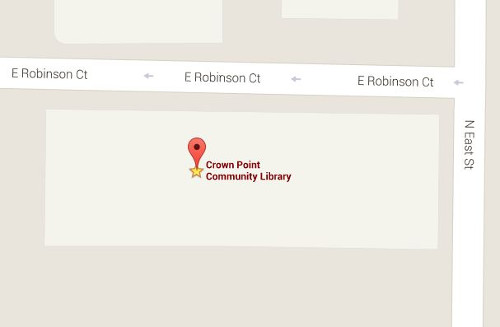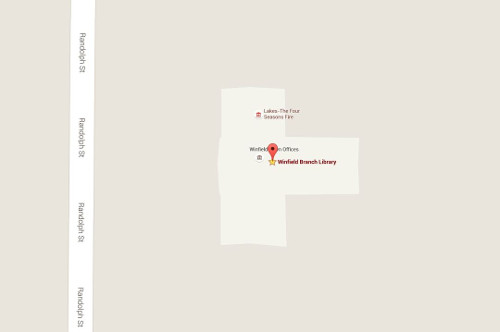Indiana…We Have an Astronaut
Indiana is home to many of the country’s astronauts, through birth or education. Besides MIT (The Massachusetts Institute of Technology), Purdue University has educated more astronauts than any other institution of higher education. Thirteen astronauts call Indiana home, 11 men and 2 women. Lake County is the home of Frank Borman and Crown Point’s Jerry Ross. Although Hoosiers have joined the ranks of NASA (National Aeronautics and Space Administration) and traversed the vastness of space, the most famous is probably Mitchell’s Gus Grissom.
Virgil “Gus” Grissom was selected as one of the original Mercury 7 in 1959. His tenacity and experience gained in the U.S. Air Force and while studying at Purdue University helped earn him one of the coveted spots. Grissom was the second American in space when he flew the Liberty Bell 7 for 15m37s during a suborbital flight on 7/21/1961. Although the flight was a success, the mission was considered a “successful failure” since the capsule was lost to the sea upon landing. Grissom was next commander of the Molly Brown during the Gemini program. On 3/23/1965, Grissom and John Young flew the first manned Gemini flight, successfully completing 3 orbits around Earth for 4h52m31s. Unfortunately, despite all the successes Grissom achieved with the space program, his story ends tragically. As commander of the Apollo 1 mission, he, Ed White, and Roger Chaffee were preforming a routine test of the capsule on 1/27/1967, when a spark ignited and the three men perished before they could be rescued. However, Gus Grissom is remembered and honored in his hometown of Mitchell, IN.
Gary native Frank Borman joined NASA during the Gemini program. He was commander of Gemini 7, along with Jim Lovell. Their mission was to see if man could survive in space for 14 days, as well as accomplish a rendezvous with another spacecraft in space. They docked for over five hours with Gemini 6 on 12/15/1965, during their mission that tested man’s limits from 12/4-18/1965. Borman was also the commander of Apollo 8 with Lovell and Bill Anders. Their mission from 12/21/1968-12/27/1968 was to orbit the moon, to test how man handled the pressures of space travel. During the mission, they completed 10 lunar orbits. Soon after the Apollo program, Borman left NASA to become CEO and President of the Board at Eastern Airlines. For 23 miles, I80/94 from the toll road west to the state line, is named the Frank Borman Expressway in his honor. Borman is still alive today, 92 years strong.
Crown Point’s own Jerry Ross has had a most distinguished NASA career. Ross left Purdue to join the US Air Force, and was selected to join NASA in 1979. His first space flight was in 1985 and over the next 17 years, he logged 58 days and 52 minutes of time in space. For several years, Ross’ time was a record for the most hours of any astronaut in space. He also held the record at one time for the most space walks, at 9, but now that is third in ranking. His space walks logged 57h55m. In his 17 years of traveling in space, Ross flew on the space shuttle Atlantis 5 times, as well as Endeavor and Columbia once each. Ross still holds the record for the most space flights – 7. Ross was honored by his hometown when they built a new school in 2003, and named it Jerry Ross Elementary School. He also has Jerry Ross Park off North Street named after him, as well as North Main Street from 93rd Avenue south into downtown is named Jerry Ross Parkway. Although he lives in Houston, Ross often visits Crown Point for events.
Purdue University has been nicknamed the “Mother of Astronauts” since it is only second to MIT in educating astronauts and those in the space program. Almost every mission has had at least 1 Purdue connection, whether it was the astronaut, the ground crew, or mission command center. 37 % of all astronauts are Purdue alumni; more than 47 space shuttle flights have had alumni as part of their crew. There is even the Neil Armstrong Hall of Engineering on the West Lafayette campus, designed to highlight alumni achievements and stretch the boundaries of the engineering technology of today.
The Virgil I. Gus Grissom Memorial at Spring Mill State Park in Mitchell, IN, was dedicated in July 1971. Most items on display focus on Grissom’s Gemini flight, including the Molly Brown. In addition to artifacts, there is a video depicting his time with NASA and his legacy. The town of Mitchell also exhibits a mural that honors Grissom and a limestone replica to the Gemini rocket.
The Challenger Learning Center of Northwest Indiana in Hammond was the 33rd center opened as part the global network of facilities dedicated to carrying out the education mission of the Challenger 51L crew and First Teacher in Space, Christa McAuliffe. The Challenger shuttle crew died on January 28, 1986, when the booster engine failed and the shuttle broke apart soon after launching. The mission of the centers is to engage students in STEM (science, technology, engineering, and mathematics) core education through exploration. Today, there are centers located on 3 continents, in 4 countries, and 27 states, totaling 44 facilities.
Each of the Indiana astronauts have contributed to the space program, making the program stronger. David Wolf was a physician in addition to an astronaut. His medical experiments conducted during flights, or during his time on the MIR space station, were instrumental in learning how man functions in space. South Bend born Janice Voss holds degrees from both Purdue and MIT in engineering. She has flown in space 5 times, which is the record for American women. While other Hoosiers have contributed to the space program, only two have received a proclamation declaring “their day.” Gus Grissom Day was declared on the day of his Liberty Bell 7 flight, July 21, 1961, by Indiana Governor Matthew Welsh. Governor Edgar Whitcomb named January 15, 1969, Frank Borman Day. Even though we think of Cape Canaveral or the Houston Space Center when we think of the main locations of NASA and the space program, there are numerous facilities that contribute to their successes, including the people and places of Indiana.


